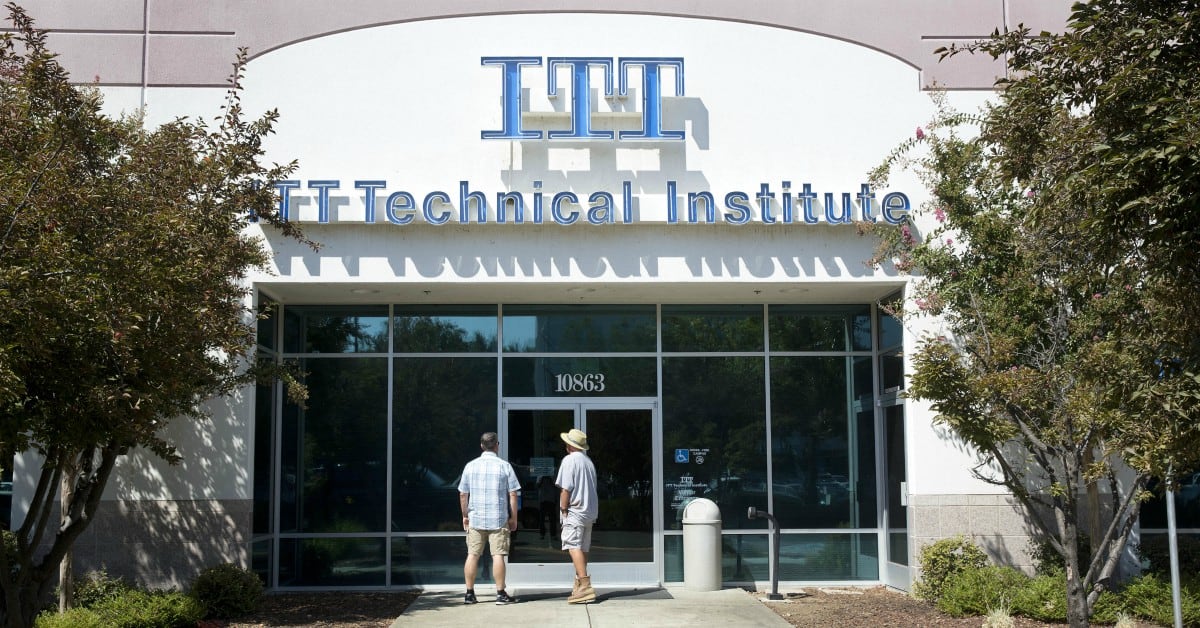More than 12,000 GI Bill users have had their education plans derailed since for-profit college chains Corinthian Colleges and ITT Technical Institute first closed their doors a few years ago, a Veterans Affairs Department said Wednesday.
As recently as April, approximately 1,700 students may have been affected by the shuttering of 18 Art Institutes and Argosy University, formerly owned by the for-profit Education Management Corp.
Charmain Bogue, executive director of education service at the VA, reported the figures during a hearing on Capitol Hill with members of the House Veterans’ Affairs Committee in a discussion aimed at tackling the toll school closures can take on student veterans, who, in many cases, are left with meaningless credits that don’t transfer to other schools.
“It saddens me that we must be here today, and it saddens me to hear the stories about how school closures have continued to impact veterans’ dreams of earning their degree,” said Rep. Gus Bilirakis, R-Fla.
According to statistics from 2006 to 2016 provided by Melissa Emrey-Arras, director of education, workforce and income security at the Government Accountability Office, the vast majority of school closures have come from the for-profit sector.
These schools, which operate as businesses, enrolled about 23 percent of the nearly 700,000 GI Bill users in fiscal 2017. Still, these types of institutions made up the largest share of schools with the most GI Bill students but trailed behind public and private schools in graduation and retention rates, the GAO found.
Democrats and Republicans have long clashed over how much regulation to put on the for-profit sector. Yet, veterans groups have been vocal about their concerns with Education Sec. Betsy DeVos’ recent actions to roll back Obama-era regulations to hold for-profit schools accountable — in particular her decision not to enforce a rule that required these schools to prove their graduates were gainfully employed.
The VA is limited in its ability to keep students from certain schools, Bogue said. However, the agency’s online GI Bill Comparison Tool, which has had more than 1 million unique users, uses caution flags to alert prospective students that a school may be in trouble.
Still, the VA doesn’t have the authority to close schools or remove approval for GI Bill benefits that ultimately comes from State Approving Agencies, she said.
If the department did, “then we could protect students sooner in the process versus waiting for a school to slowly die out,” Bogue said.
Joe Wescott, national legislative director for the National Association of State Approving Agencies, said these agencies have recently been tasked with completing compliance surveys. He has told Military Times previously that these surveys, mostly financial in nature, take time away from visiting schools.
He advocated Wednesday for surveys that are broader in nature, getting at things like accreditation, graduation rates, and student veteran growth and employability.
“Our interest is to get at the quality of education, not just how the payments were made,” he said.
The recent Forever GI Bill addressed school closures by restoring GI Bill benefits to Corinthian- and ITT-era students who were unable to transfer credits after their schools closed mid-semester. So far, the VA has restored 16,000 months of benefits to 2,000 students, Bogue said.
The legislation, an overhaul of the Post-9/11 GI Bill, isn’t as generous for students who encounter the issue now because it only recovers the benefits they lost during the semester their school closes. It’s a provision Bilirakis said he intends to revisit in future legislation.
In the meantime, what can be done to prevent school closures from happening in the first place — and who is ultimately responsible — remains to be answered.
Military Times contributor and former reporter Natalie Gross hosts the Spouse Angle podcast. She grew up in a military family and has a master's degree in journalism from Georgetown University.




